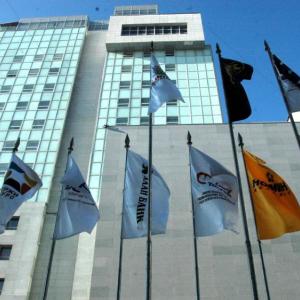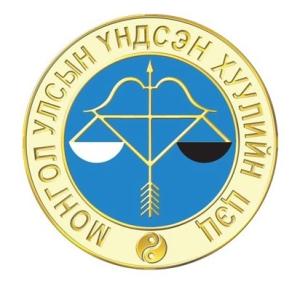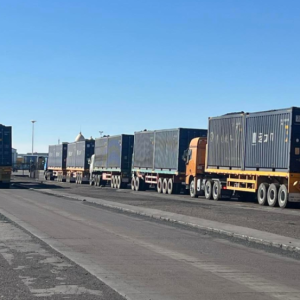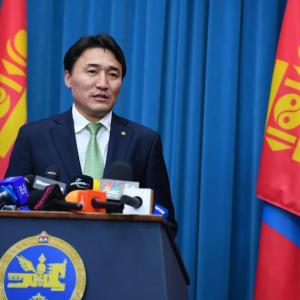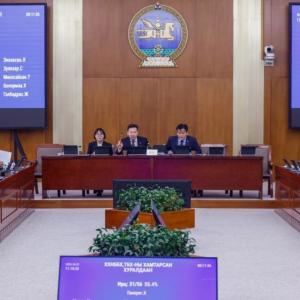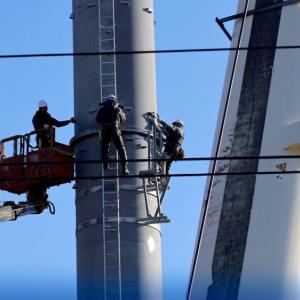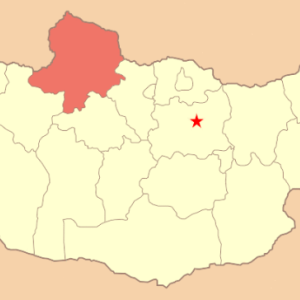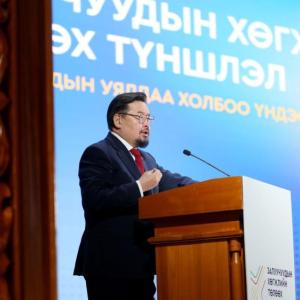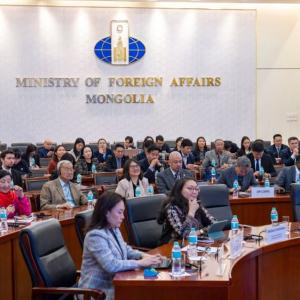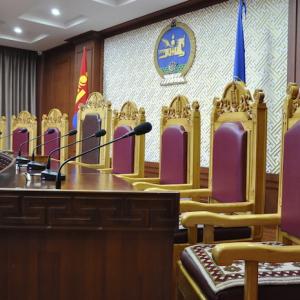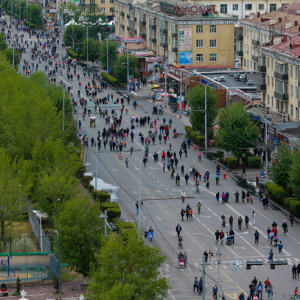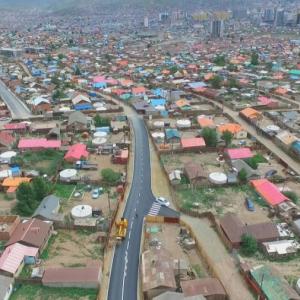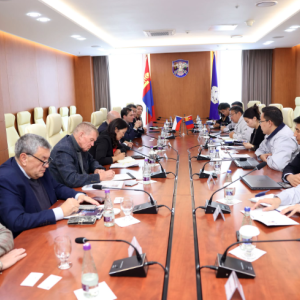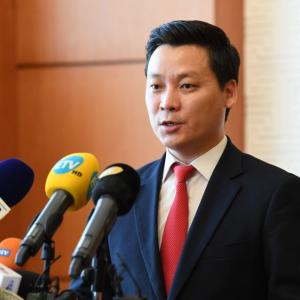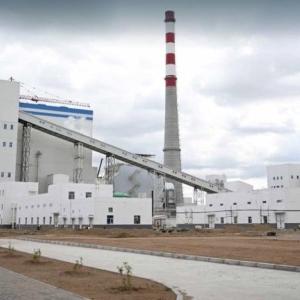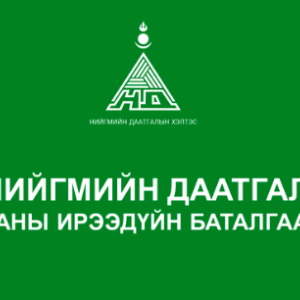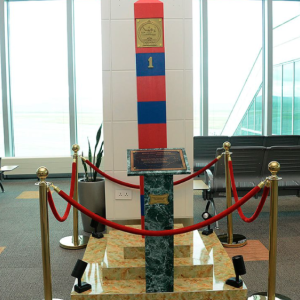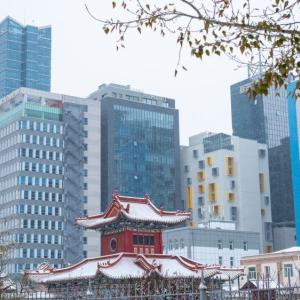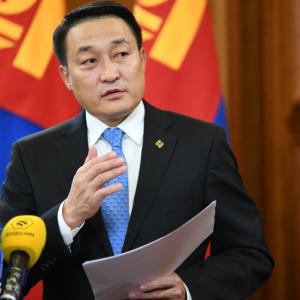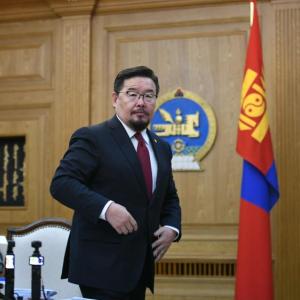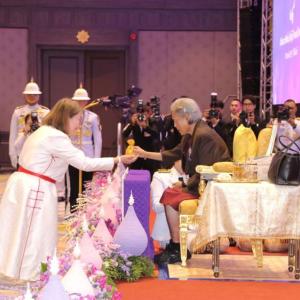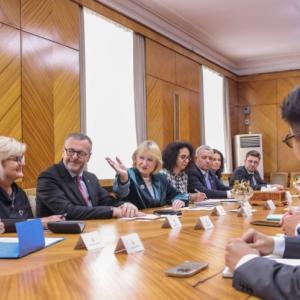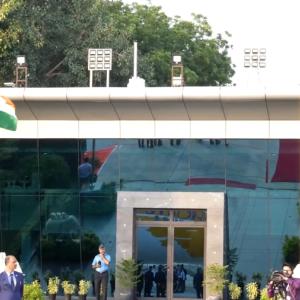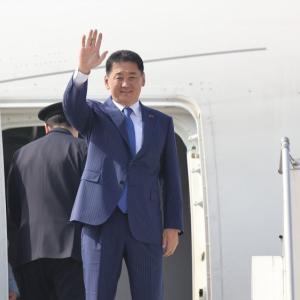A.Enkhjin: Gold royalty increase will not affect gold purchase of the BoM
The Mongol MessengerHead of Reserves Management and Financial Markets Department at the Bank of Mongolia (BoM) A.Enkhjin briefed on some details of the measures taken by the BoM.
-The Parliament made
a decision to increase the gold royalty rate from 2.5 percent up to five
percent. How this decision will affect the gold purchase of the Bank of
Mongolia?
-On May 26, the irregular session of the Parliament adopted the bill on amendments to the Law on Mineral Resources. According to the new law, gold mining companies and individuals were regulated to pay five percent mineral royalty when they sell gold to the BoM or authorized banks. The amended law took effect on April 8. The previous law that set the royalty rate at 2.5 percent expired on January 1, 2019. In September 2018, the BoM requested to the Cabinet to extend the legal action for five more years and the Cabinet submitted the request to the Parliament. However, due to delay of discussion, the law took effect on April 8. BoM had the position to keep the royalty rate at 2.5 percent. We believe that the increased gold royalty rate will not adversely affect the amount of gold purchase. As of the first quarter of 2019, the BoM has purchased a total of 384 kg of gold, decreased by over 80 percent compared with the same period of the previous year. Specifically, gold purchase in March reached 91 kg, decreased by about 90 percent compared with same period of the previous year. Last year, the bank purchased 22 tons of gold, increasing the foreign exchange reserves by over USD 700 million. We seek to keep the gold purchase at the same level this year, but due to a number of circumstances it is getting difficult to achieve this goal. However, we will make every effort to increase the gold purchase. In this regard, the BoM launched the ‘National Gold to the Fund of Treasures’ sixmonth campaign again on April 1. A number of works are planned within the framework of the campaign such as promoting the gold miners’ contribution to the increase of foreign exchange reserves, stability of tugrik and increase of gold purchase.
-BoM has made over USD 400 million intervention in 2019. What about the exchange rate this year and the BoM’s policy on that matter?
-In the first quarter of the year, BoM supplied USD 460 million to the foreign market. MNT rate against the USD strengthened by 0.5 percent. The economic outlook is expected to be positive this year. At the end of 2018, balance of payment deficit reached USD 141 million, but by the end of February 2019, it had a surplus of about USD 200 million. Thus, it is expected that the total balance of payment is expected to be USD 500 million in 2019. On the other hand, the export increase remains high. As of February, export increased by over 30 percent compared with the same period of the previous year. The import increase is at about 15 percent. Last year, import increase was at 40 percent. Decline in import growth observed this year is a positive indicator. It is seen as the result of the measures taken by the central bank towards regulation of debt-toincome ratio and reduction of foreign currency lending. Another remarkable measure was that the upper limit on debt service to income ratio was reduced to 60 percent starting from April 1. This will reduce consumer loans and import increase in the future. The Tugrik rate is expected to be stable this year. Some interesting events are occurring on the foreign markets as well. Copper price has increased by 9 percent and coal prices reached USD 86 with an increase of about 7 percent compared with the previous month. One of our main export products cashmere is at highest price on the market as well. In 2018, export of animal raw materials reached USD 470 million and we will try maintain the positive results. If the copper, coal and cashmere exports remain high, the tugrik rate will be stable in 2019.
-What are the main
factors of positive balance of payments?
-First of all, it is the revenue from foreign trade. Next one is the expected financing from international organizations. The balance of payment in 2019 is expected to have USD 500- 600 million surplus with the USD 800 million funding under the Extended Fund Facility program.
-Which of the two
goals the central bank will pursue this year? Increasing the international
reserves or keeping it stable?
-According to the 2019 Monetary Policy, the foreign exchange reserves are set to be equal to 12-month imports as stated in the National Security Concept. At the end of 2018, international reserves reached USD 3.5 billion, while it has been increased up to USD 3.7 billion in the first quarter of 2019. In the near future, we aim to increase it up to USD 4 billion and further increase. External factors play important role in the increase of foreign exchange reserves. On the other hand, there is some pressure related with the economic intensification on the domestic market. However, the BoM expects to successfully increase its reserves.
 Ulaanbaatar
Ulaanbaatar















